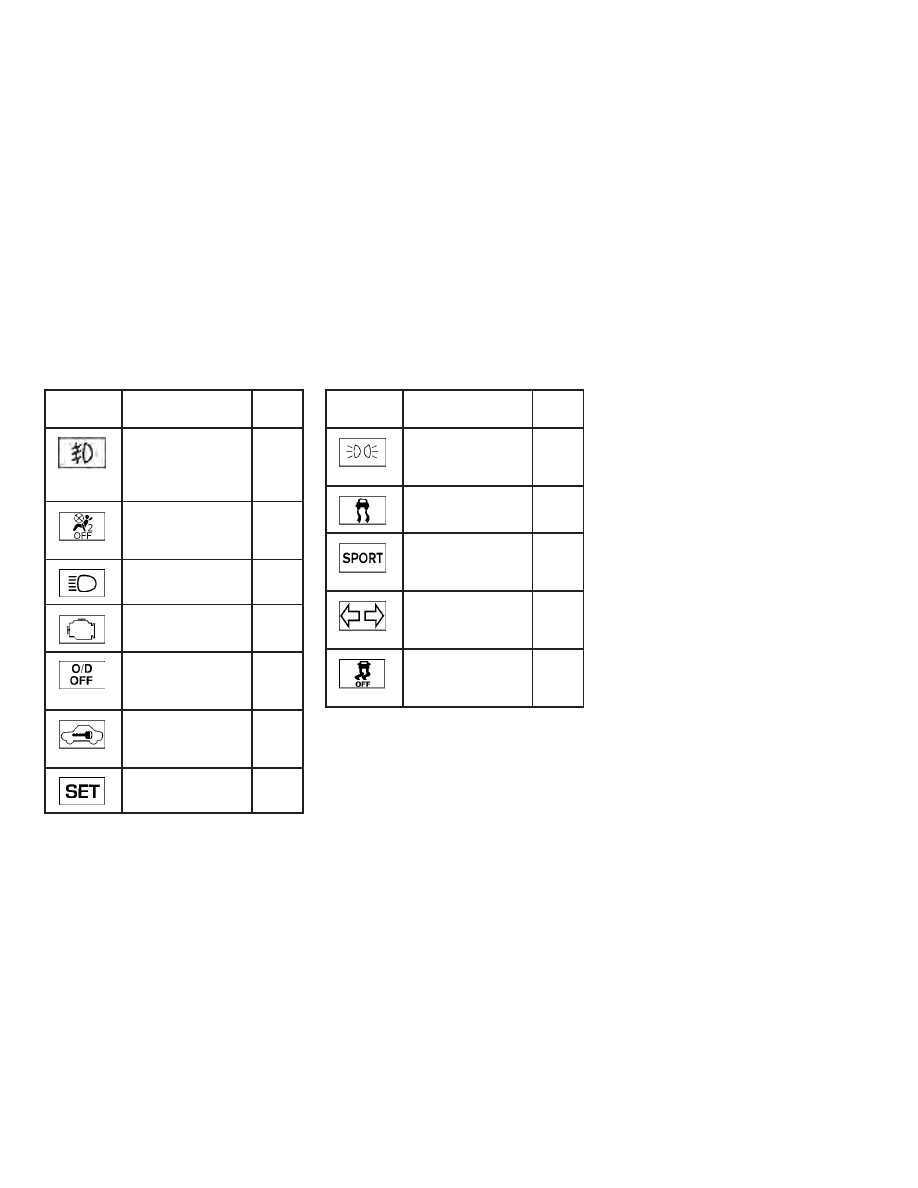Nissan Kicks (2018 year). Instruction - part 2

Indicator
light
Name
Page
Front fog light in-
dicator light
(green) (if so
equipped)
2-18
Front passenger
air bag status
light
2-18
High beam indi-
cator light (blue)
2-18
Malfunction Indi-
cator Light (MIL)
2-18
Overdrive OFF
indicator light (if
so equipped)
2-19
Security indicator
light (if so
equipped)
2-19
SET indicator light
(if so equipped)
2-19
Indicator
light
Name
Page
Side light and
headlight indica-
tor light (green)
2-19
Slip indicator light
2-19
SPORT mode indi-
cator light (if so
equipped)
2-19
Turn signal/
hazard indicator
lights
2-20
Vehicle Dynamic
Control (VDC) OFF
indicator light
2-20
0-10
Illustrated table of contents